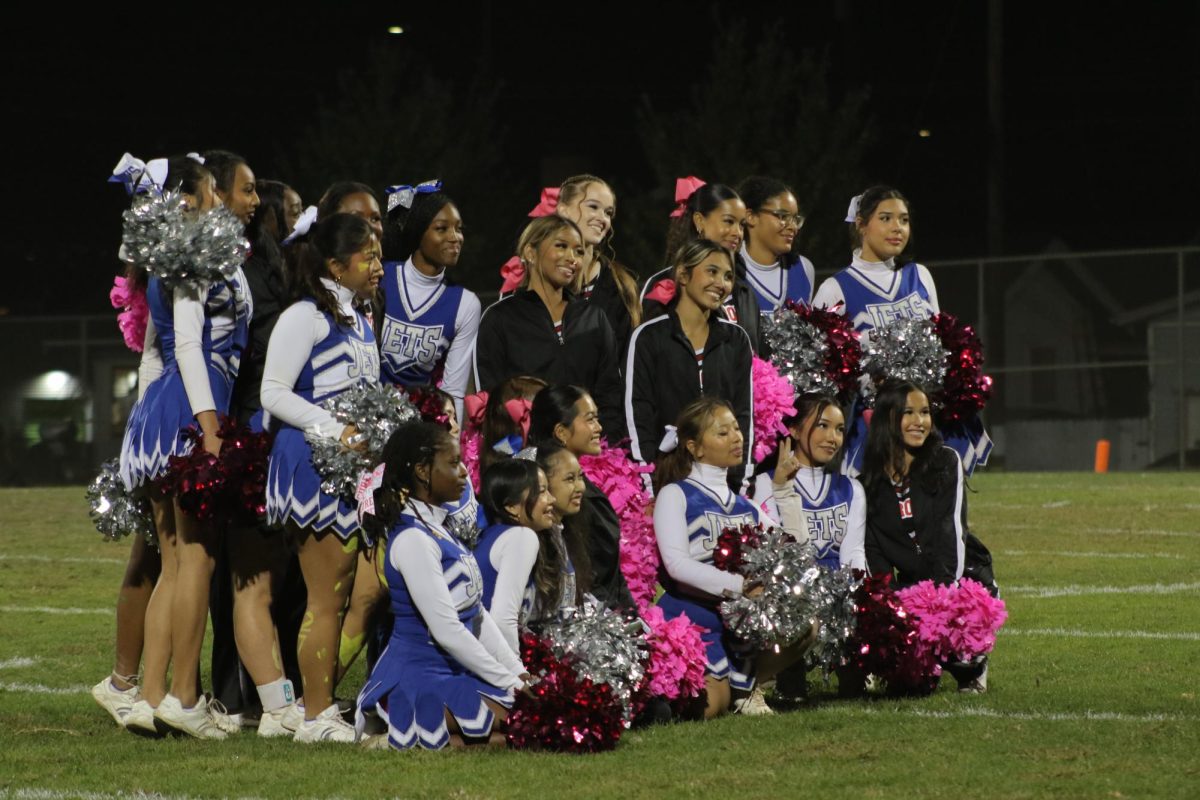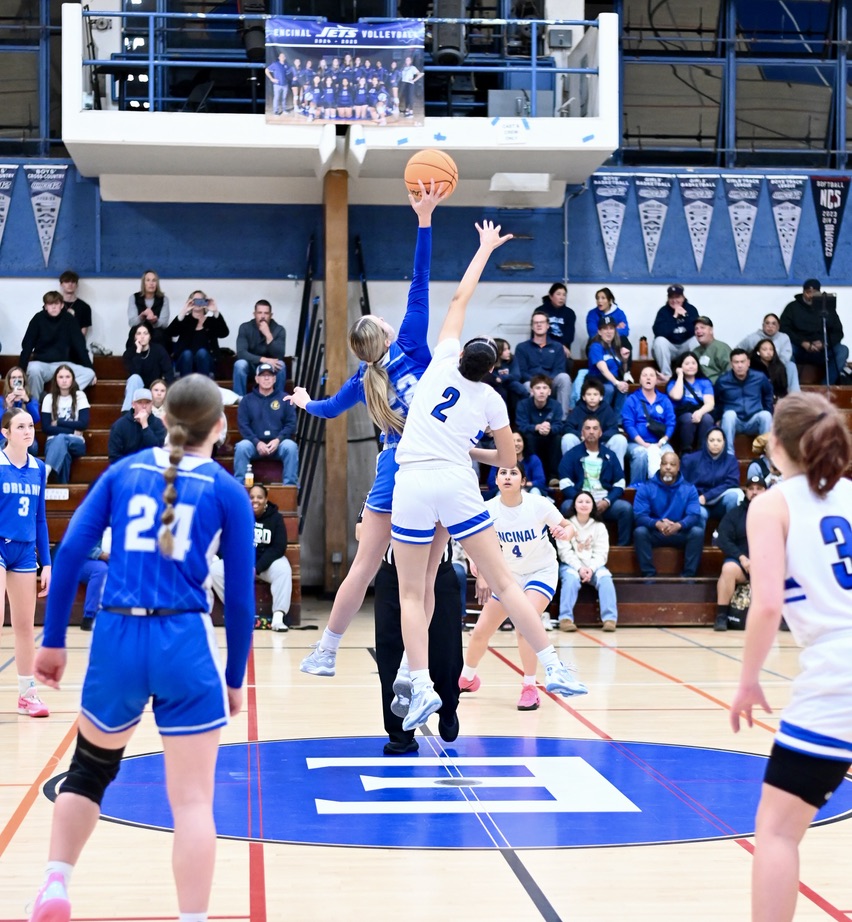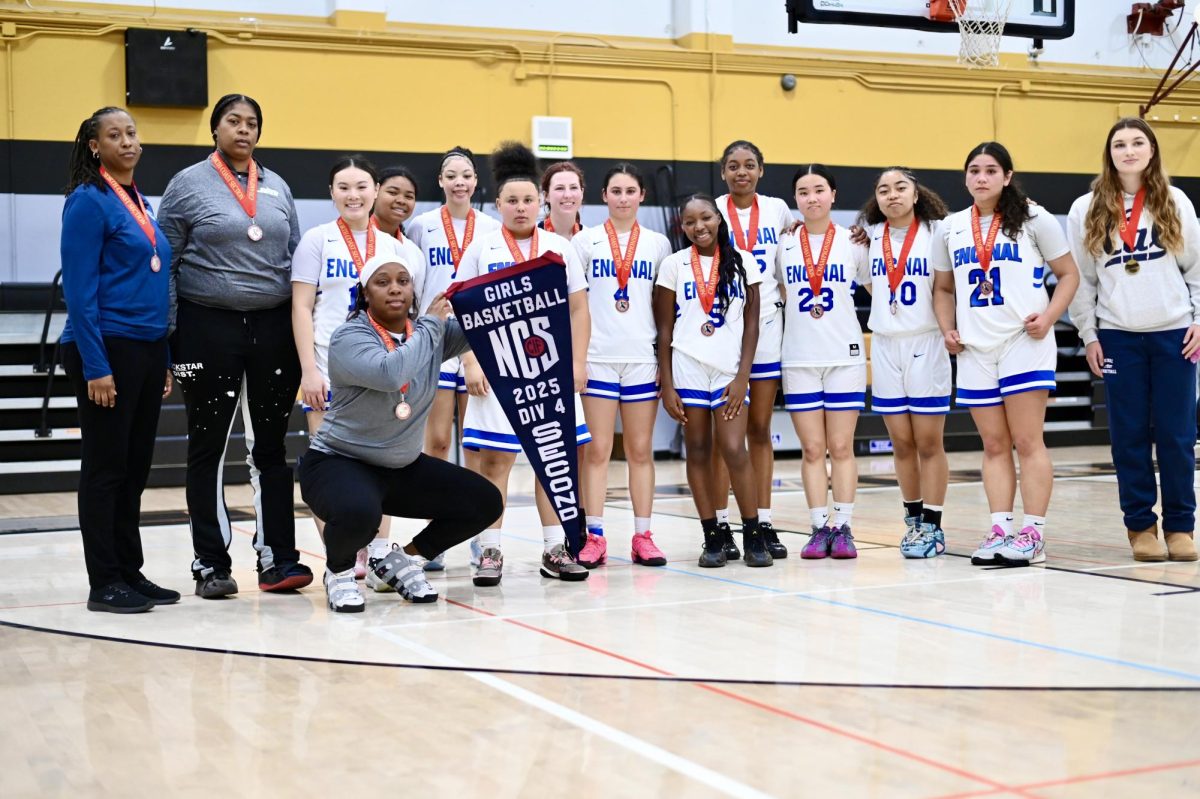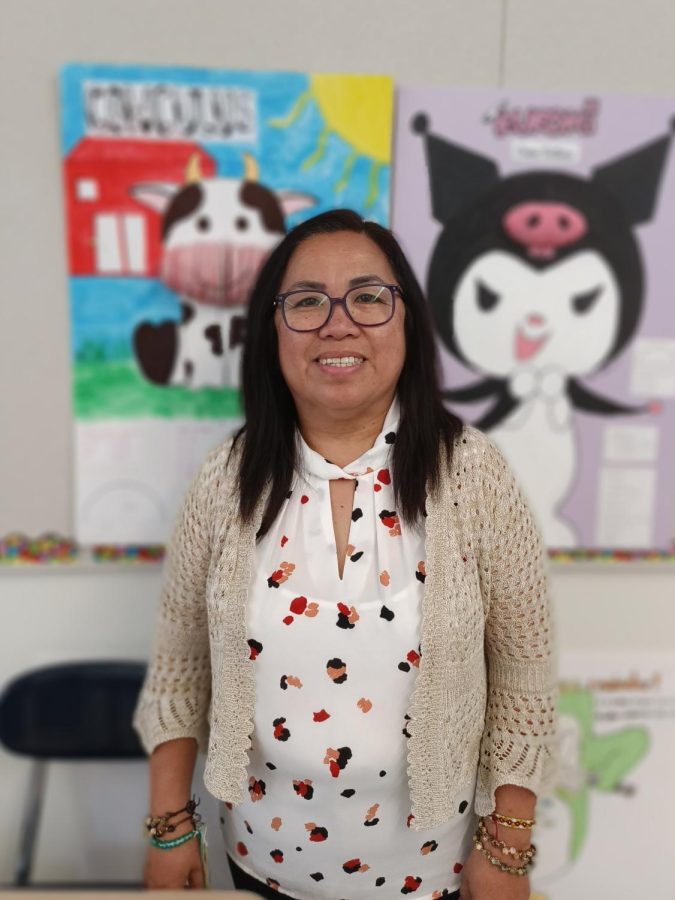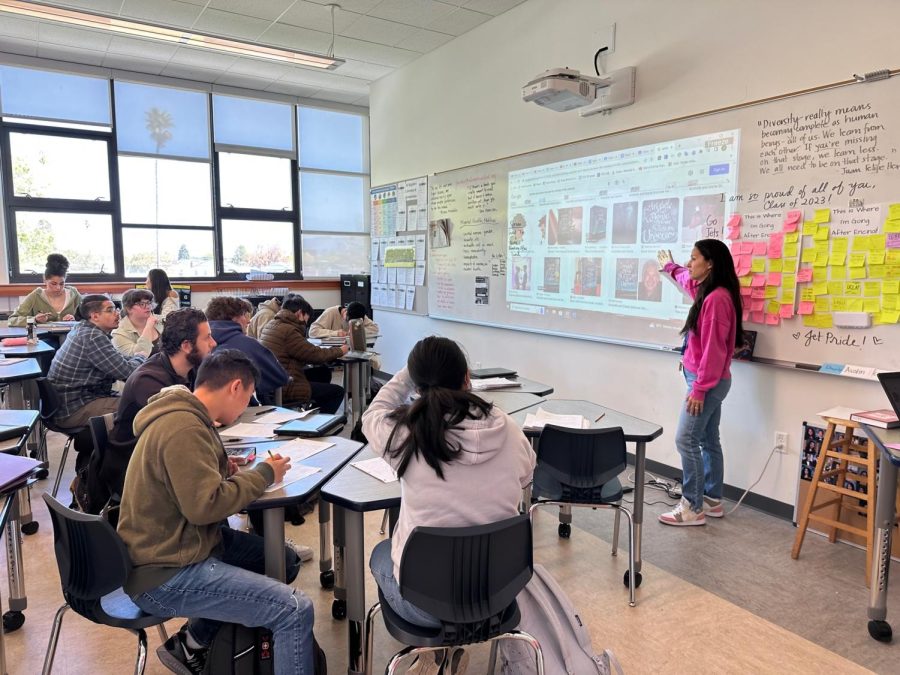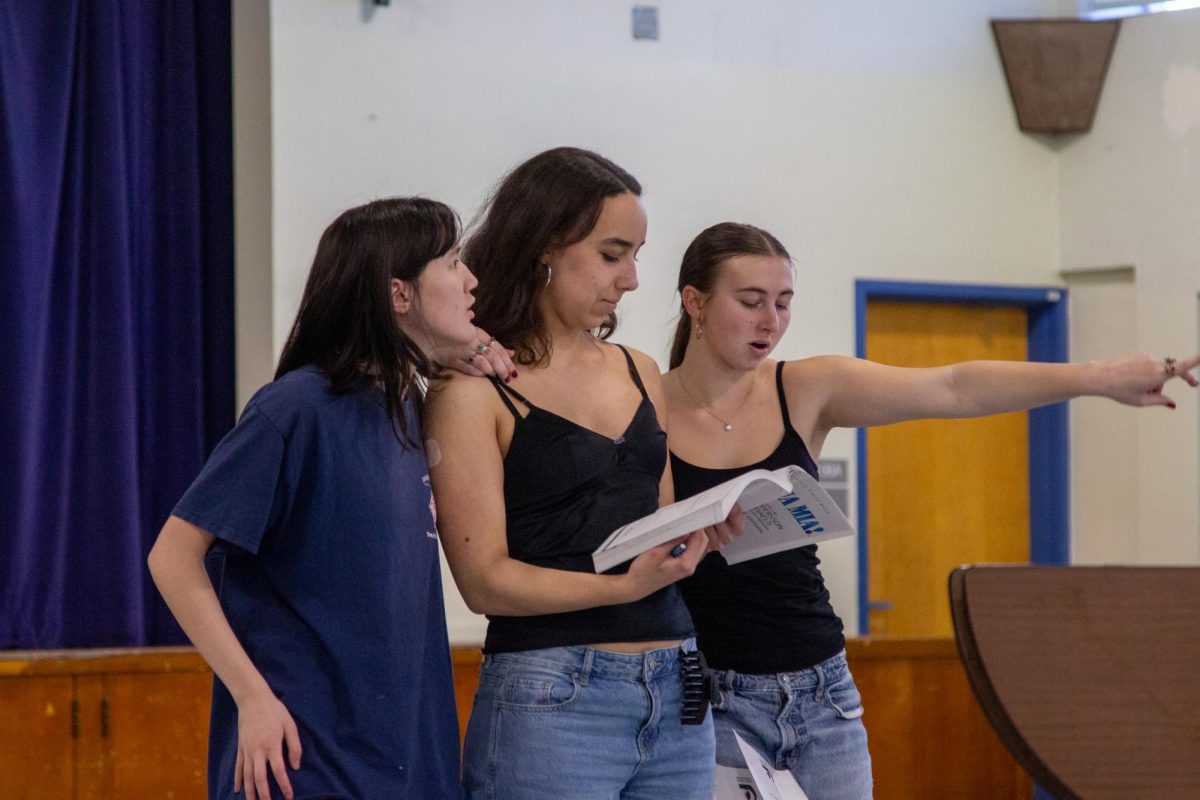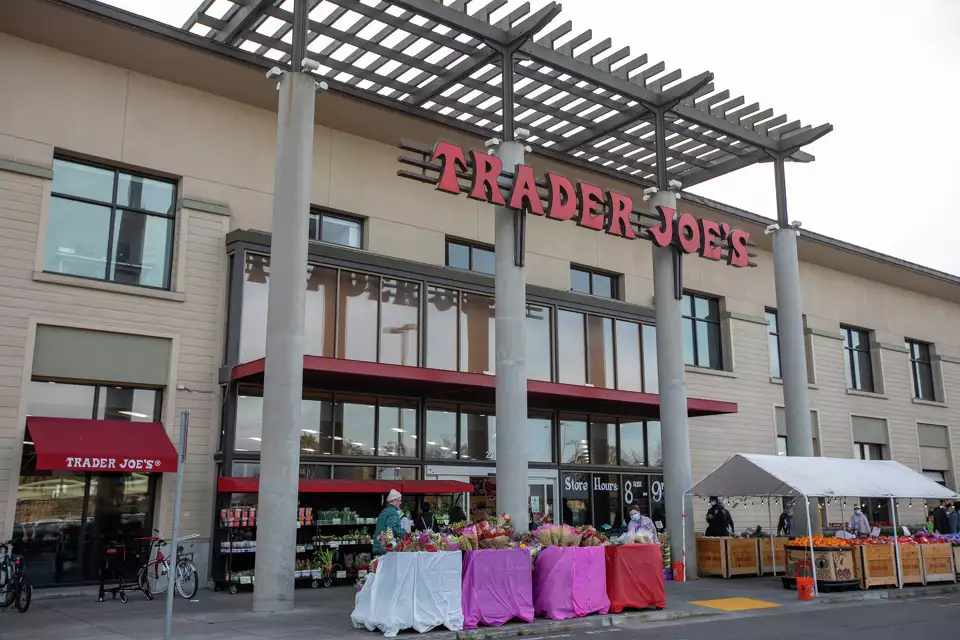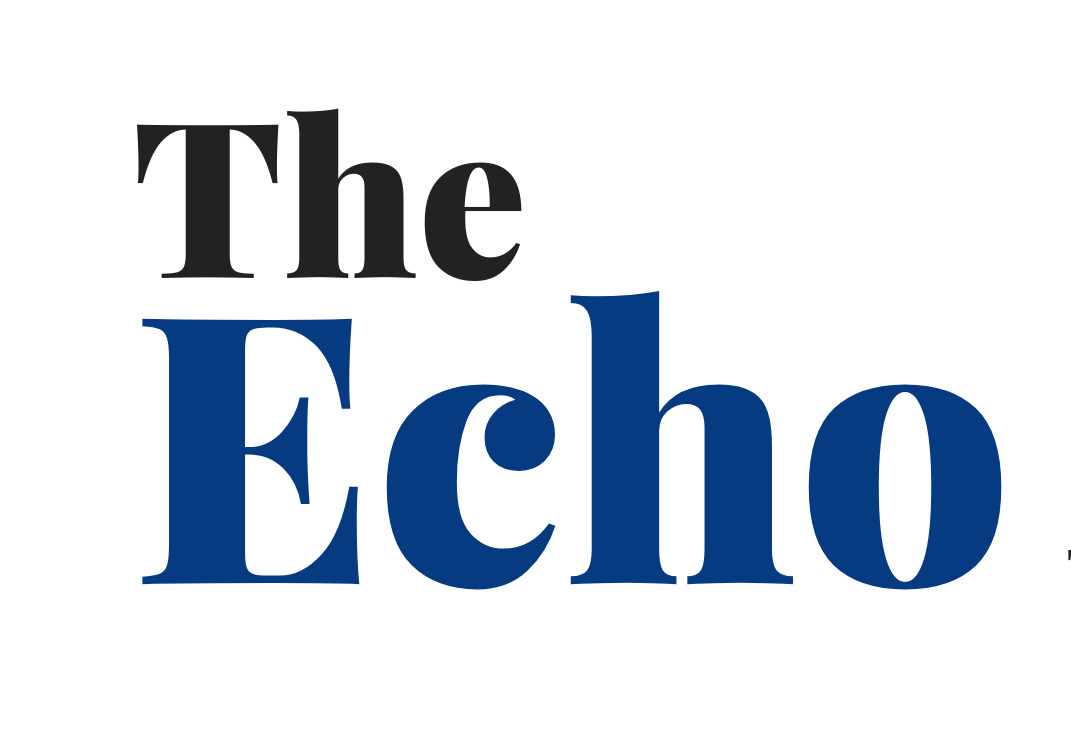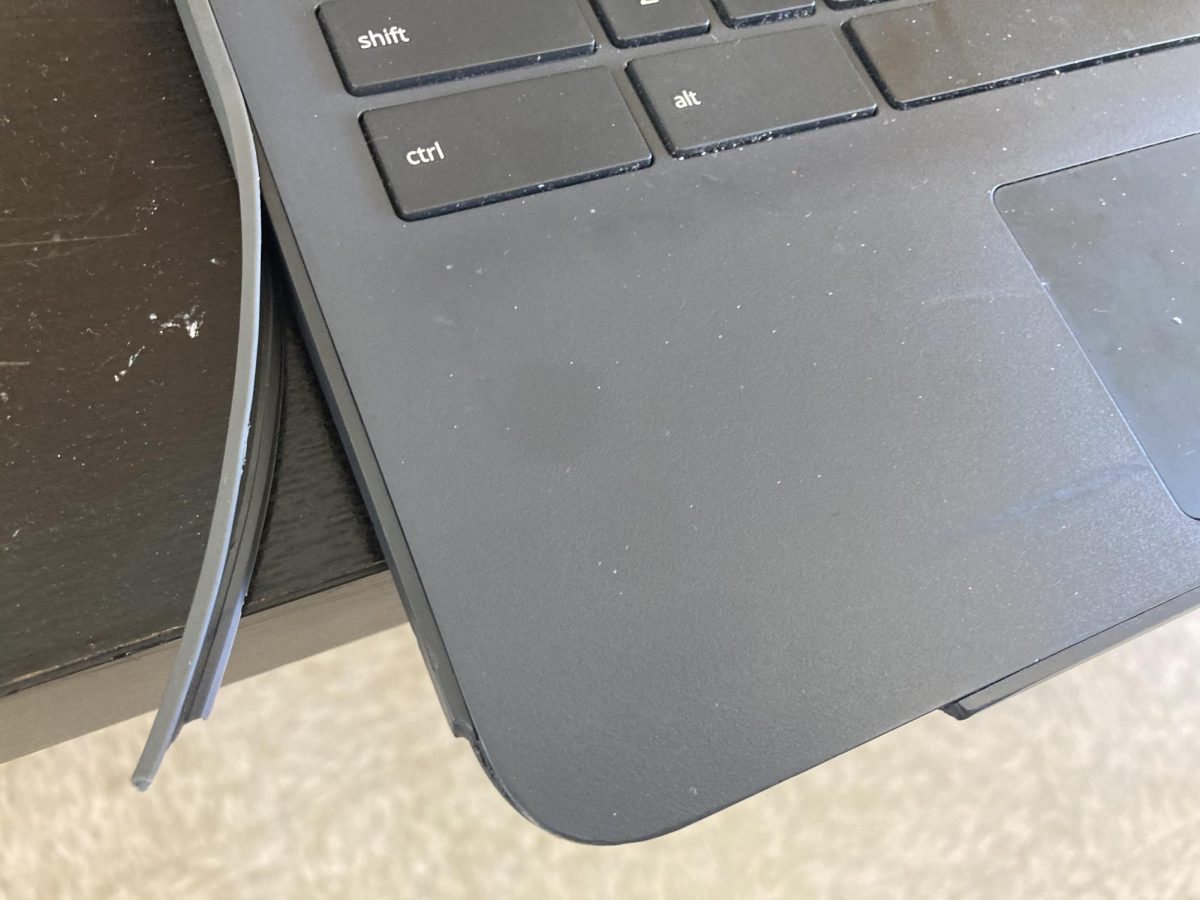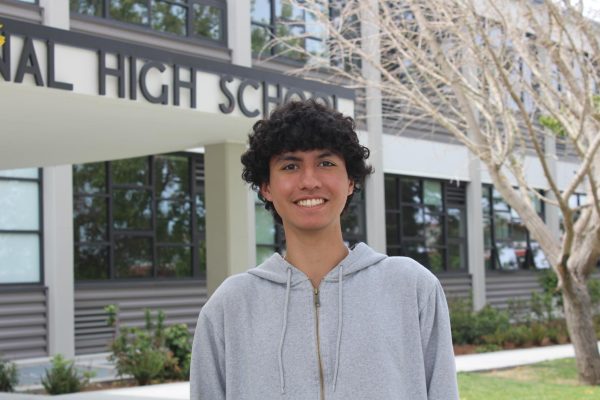After four years of students using 1-to-1 school-issued Chromebooks, Encinal High School returned to Chromebook carts in all classrooms for the 2024-2025 school year. The reasons for the switch include damaged Chromebooks, uncharged devices, delays in repair, and a former model that did not effectively meet the needs of learners. Encinal is the first high school in the district to return to the use of carts.
Much to this dismay of students, Chromebooks were abruptly collected in June of 2024 before the school year ended. When schools went online in the fall of 2020, AUSD issued chromebooks to every student for home use. Since then, Encinal students have become accustomed to having access to a personal computer.
“I don’t like the policy for multiple reasons… it’s harder to do work at home when me and many others have to share devices with my parents who also work on them,” said senior Zachary Struthers. “The new laptops are lower quality than what we had before…at some point in the year, you [may] forget to log out, and someone messes with your account.”
In a survey of the student body, 79% voted that they do not prefer the Chromebook carts over personal Chromebooks. 15% of students said they are fine with either option and 7% prefer the carts.
“At first I didn’t like it because having to log on and off is a pain,” senior Peaches Winner said. “However, my backpack is significantly lighter than normal, and I don’t have to worry about charging it or keeping it with me at all times.”
The switch is as a result of numerous factors including “Lack of productivity, an unreal amount of work maintaining systems, kids not charging, breaking, or losing [the Chromebooks],” stated Diana Kenney, Encinal’s Instructional Lead and Technology Coordinator.
Chromebook repairs were one of the largest factors in the switch to the new model.
“Close to 20% of students had to turn in their Chromebooks for a repair. Depending on the type of repair they would have to be sent out and they would take months to be repaired,” said Encinal’s Textbook Manager, Stacy Lorish. “Students would need to use a loaner…It wasn’t sustainable, it was inequitable. It created a situation where some kids just didn’t have a device. [With the Chromebook carts] every student is guaranteed to have a Chromebook to use all day long in every one of their classes.”
But contrary to popular belief, repair concerns were not monetary. When purchasing Chromebooks, the school’s contract included some free repairs, which made a lot of students take advantage—unintentionally or not—of the free repair system.
“A lot of the repairs [for the Chromebooks] were free,” Lorish said. “The change is not because it costs less, in fact, it costs more initially to buy the charging carts and 35 Chromebooks for each classroom.”
Ultimately, the decision was not made by the district but by the school site. In May of 2024, Encinal Staff were given a multi-question survey about the use of 1-to-1 Chromebooks. While 59% of teachers who took the survey were in favor of the Chromecart switch, only 47% of the faculty took the survey. 33% of faculty was not in favor of the switch.
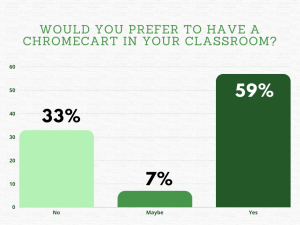
The reception to the Chromecarts on the faculty level varies from teacher to teacher.
“I like the [Chromebooks] all being here and charged and ready for students so that no student is ever not able to participate because they didn’t bring theirs,” said English teacher Jessica Kerber. However she also noted that “it wastes time in class having to line up to get them and return them at the end.”
Another glaring concern is the lack of at-home internet access. “I’ve always been able to tell students to finish [their work] at home, I can’t really do that right now because [of the change],” said Kerber.
Students who don’t have a device at home now need to request their own personal Chromebook through an online form.
“We have created a universal form on ParentSquare [to request a chromebook]. Parents simply fill out the form, which is generated to a spreadsheet, and the student would be issued a chromebook for at-home use only, until the end of the year,” clarified Kirstin Synder, Principal of Encinal. “My understanding is the goal of the technological department is 48 hours [after filling out the form].”
Many teachers agree that having consistently charged chromebooks in class allow lessons to flow smoother, but have differing opinions regarding the trade-offs of the swap.
“I understand why they made the new policy. The Chromebooks are always charged and no one can say ‘I forgot my Chromebook’ because that will usually take up part of the class time, but I also feel like it makes it difficult if students need to use them at home or the time it takes to log into the Chromebook,” said Ms. Taylor, a science and drama teacher at Encinal.
While Alameda High still has its 1-to-1 Chromebook program in place, a number of teachers would like to see a switch to classroom carts as well.
“Departments were asked to weigh in on the issue last spring,” said Alameda yearbook adviser Molly Gerber. “The vast majority preferred a return to chromecarts. Senior teachers particularly see chromebooks that are so outdated that they are basically useless.”
While the new policy for Chromecarts is here for the foreseeable future, some would like to keep the conversation open.
“It would be good to have a discussion about it again as a staff now that we’ve rolled it out,” an anonymous Encinal teacher said. “And [discuss] some of the benefits, or even the negatives of it, and see if it is something we want to continue to do next year.”







